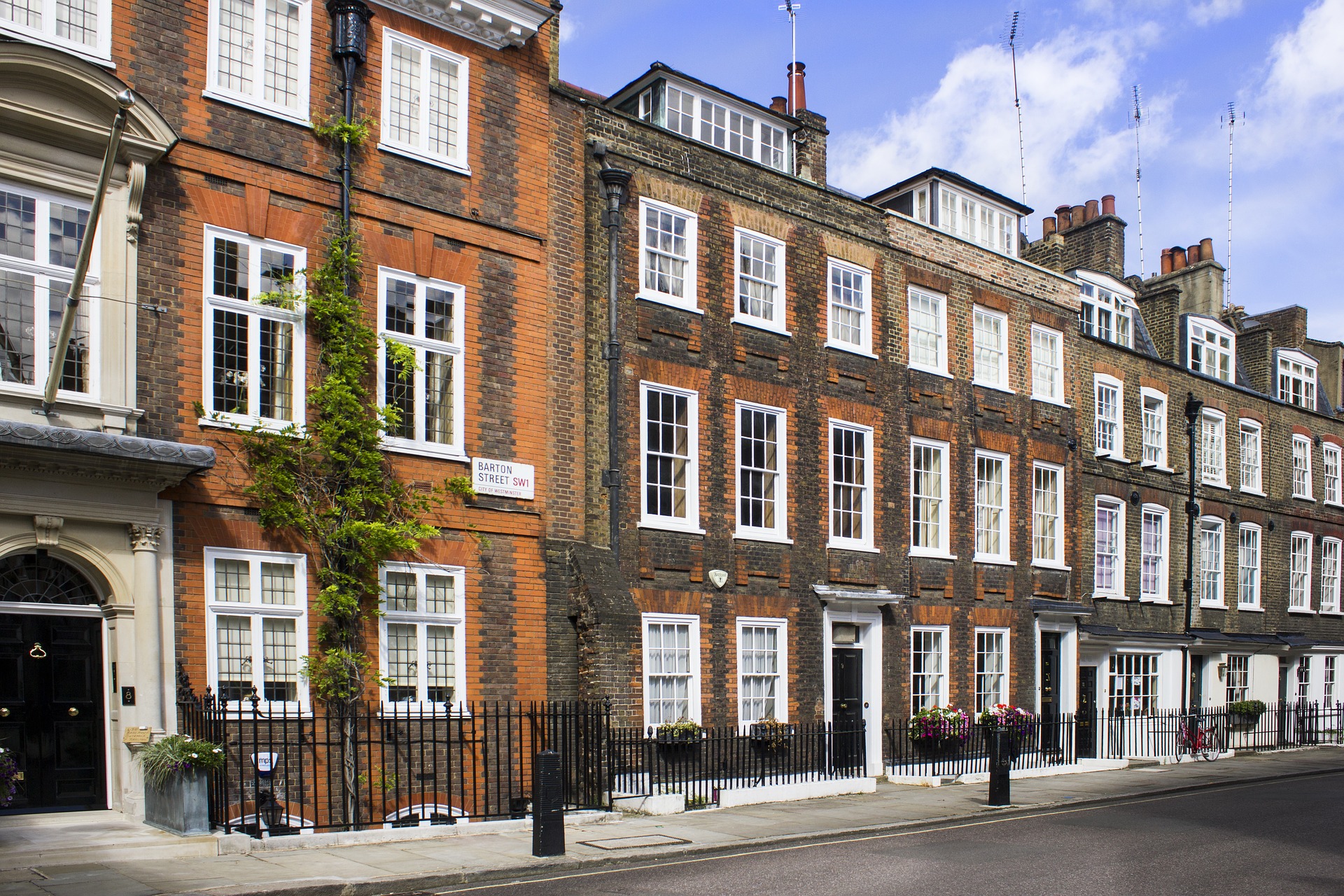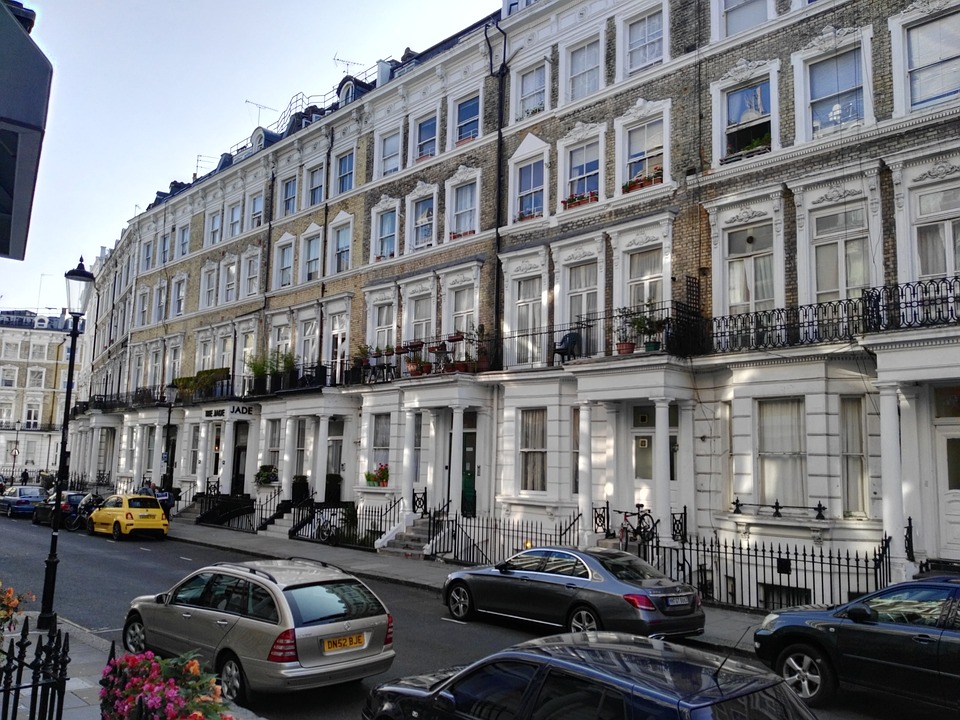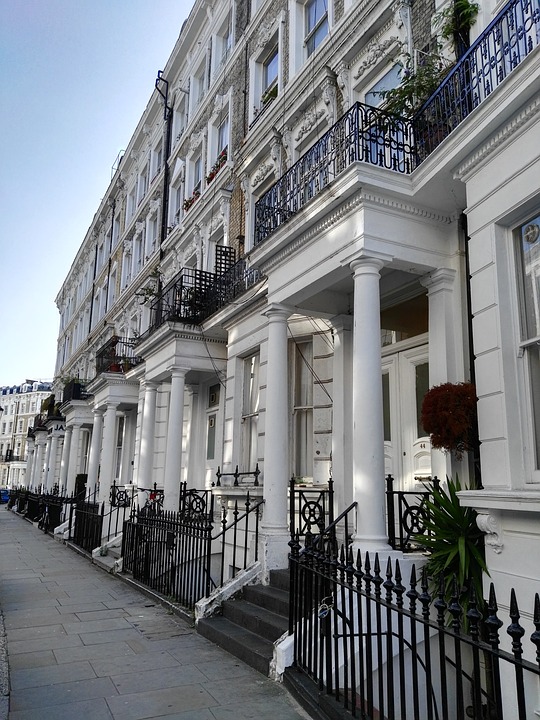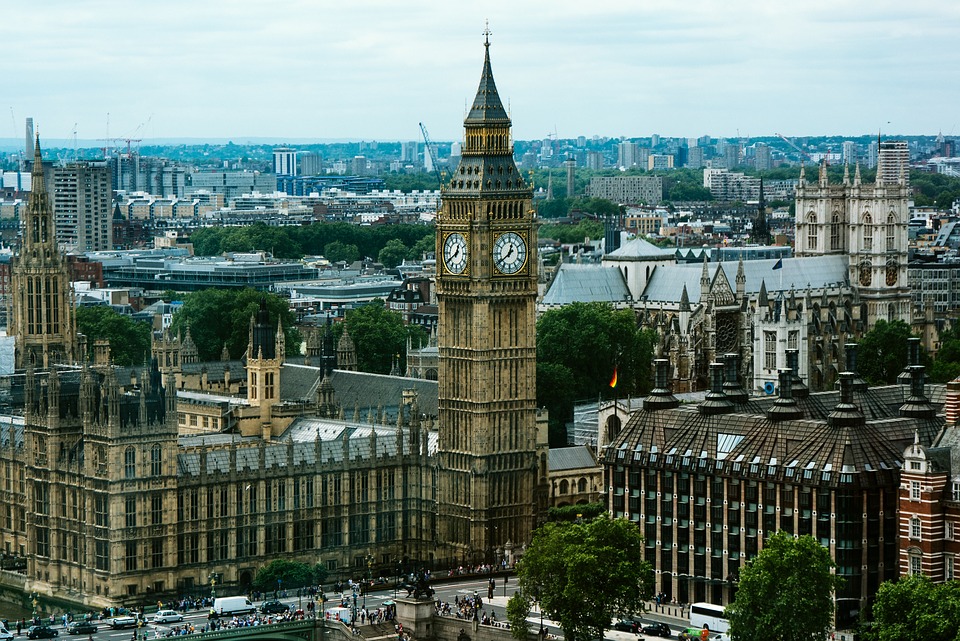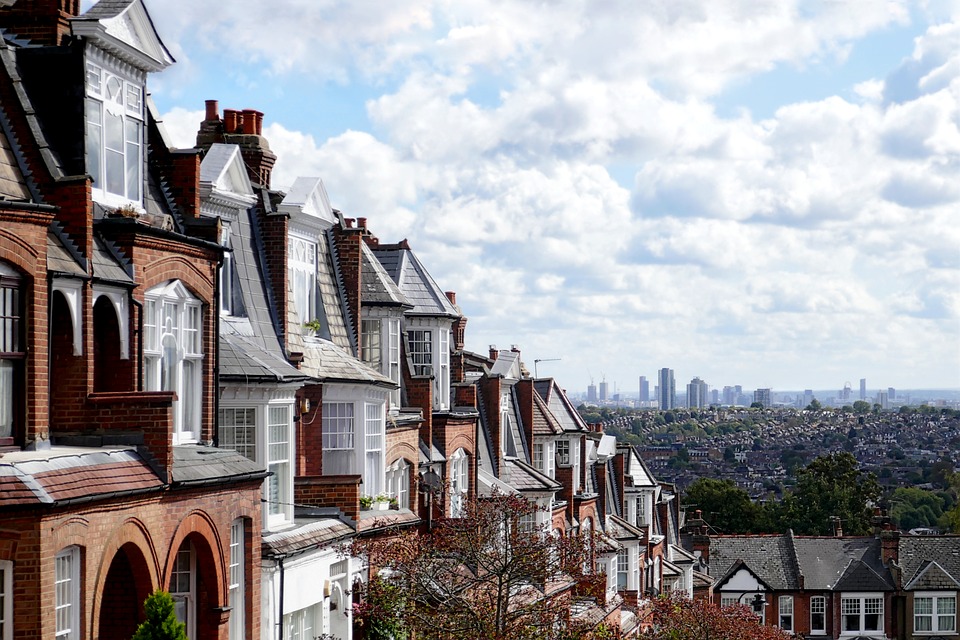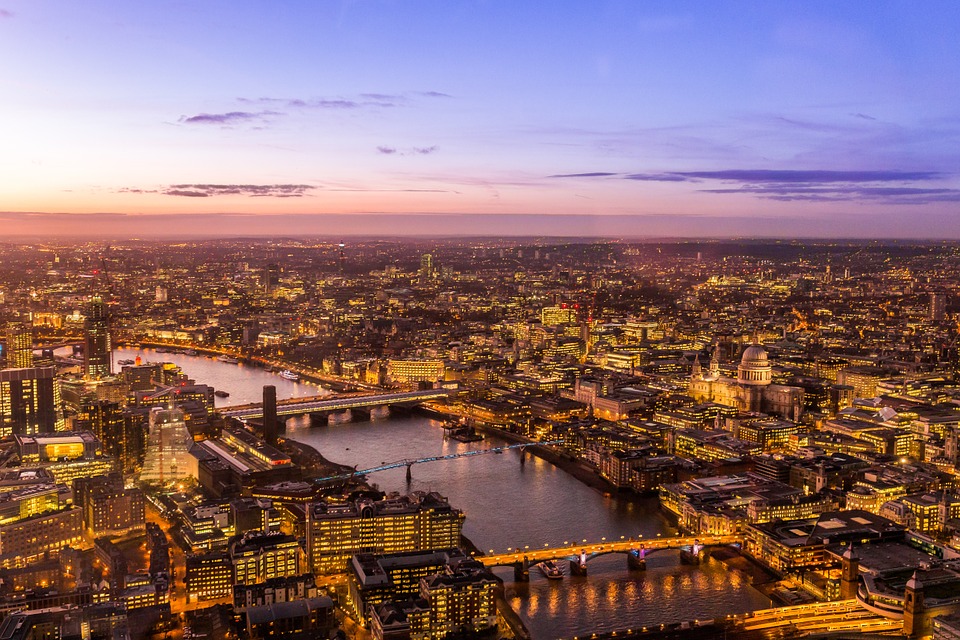London house prices rose twice as fast as the UK average during the 2010s, a new report has shown, notching up a 66 per cent growth rate that was far faster than any other region.
In the country as a whole, the average house price rose 33 per cent over the last decade as it recovered from the financial crisis, the report from Nationwide said. The figure was far lower than the 117 per cent rise seen in the 2000s.
Andrew Harvey, Nationwide’s senior economist, said the London price expansion came “despite recent weakness”. Political wrangling caused big-ticket purchases to dry up in 2019, sending prices in London tumbling by 2.9 per cent.
Houses in Britain once again became less affordable in the 2010s as price growth outstripped the 20 per cent increase in earnings.
Price growth in the housing markets in Britain’s northern regions was weak over the last decade, with prices slow to recover from the financial crisis of 2008-9. House prices in the north grew by 11 per cent during the 2010s, for example.
“The 2010s has been the weakest decade for house price growth since the 1990s.”
Andrew Harvey, Nationwide’s senior economist
In the 1990s, house prices grew by 21 per cent. This followed an enormous 180 per cent increase in the 1980s, when policies such as Margaret Thatcher’s Right to Buy and the relaxation of mortgage lending rules led to a property boom.
UK house price growth over the last 40 years
| Region | 1980s | 1990s | 2000s | 2010s |
| London | 215% | 40% | 111% | 66% |
| Outer Met | 222% | 29% | 95% | 54% |
| Outer SE | 219% | 18% | 114% | 43% |
| E Anglia | 227% | 6% | 115% | 43% |
| S West | 206% | 19% | 122% | 38% |
| E Mids | 244% | 3% | 120% | 36% |
| W Mids | 196% | 16% | 108% | 33% |
| Wales | 163% | 7% | 135% | 17% |
| N West | 183% | 23% | 124% | 17% |
| Yorks & H | 203% | -9% | 137% | 17% |
| North | 178% | 9% | 127% | 11% |
| Scotland | 125% | 28% | 127% | 8% |
| N Ireland | 23% | 115% | 123% | 2% |
| UK | 180% | 21% | 117% | 33% |
Harvey said that over the last decade it was not just central London houses that rose rapidly in price. “The neighbouring outer metropolitan region – which includes places such as Slough, Guildford, Crawley and Chelmsford – also significantly outperformed, with prices rising 54 per cent during the 2010s,” he said.
Harvey added that although London has long been the least affordable region in Britain, the issue has grown in recent years.
London’s house price earnings ratio reached 10.2 in 2016, Nationwide said, meaning a house was 10.2 times more expensive than the average yearly earnings in the region.
By 2019, it had dropped to 8.8, but this was still well above the 6.1 figure seen at the start of the decade.
By Harry Robertson
Source: City AM

